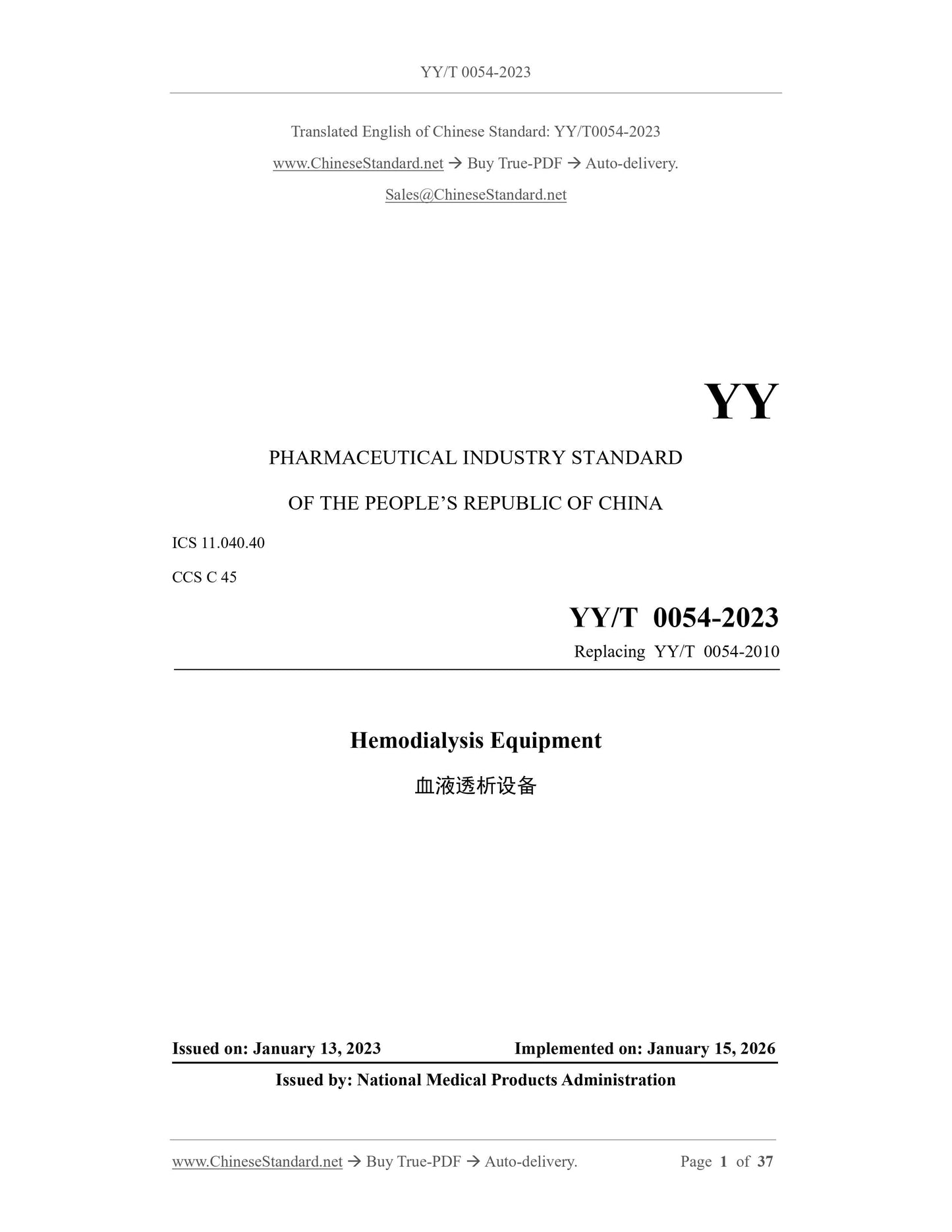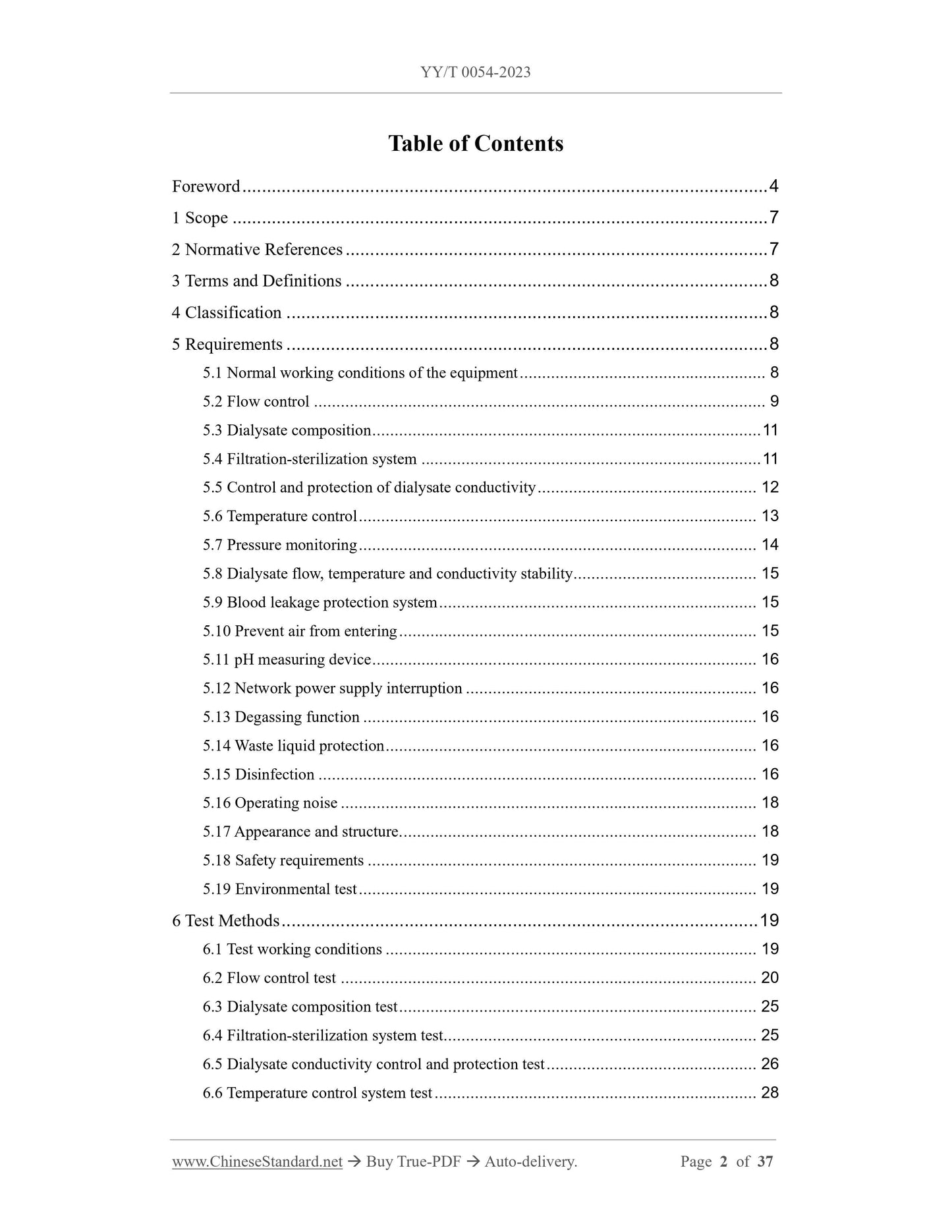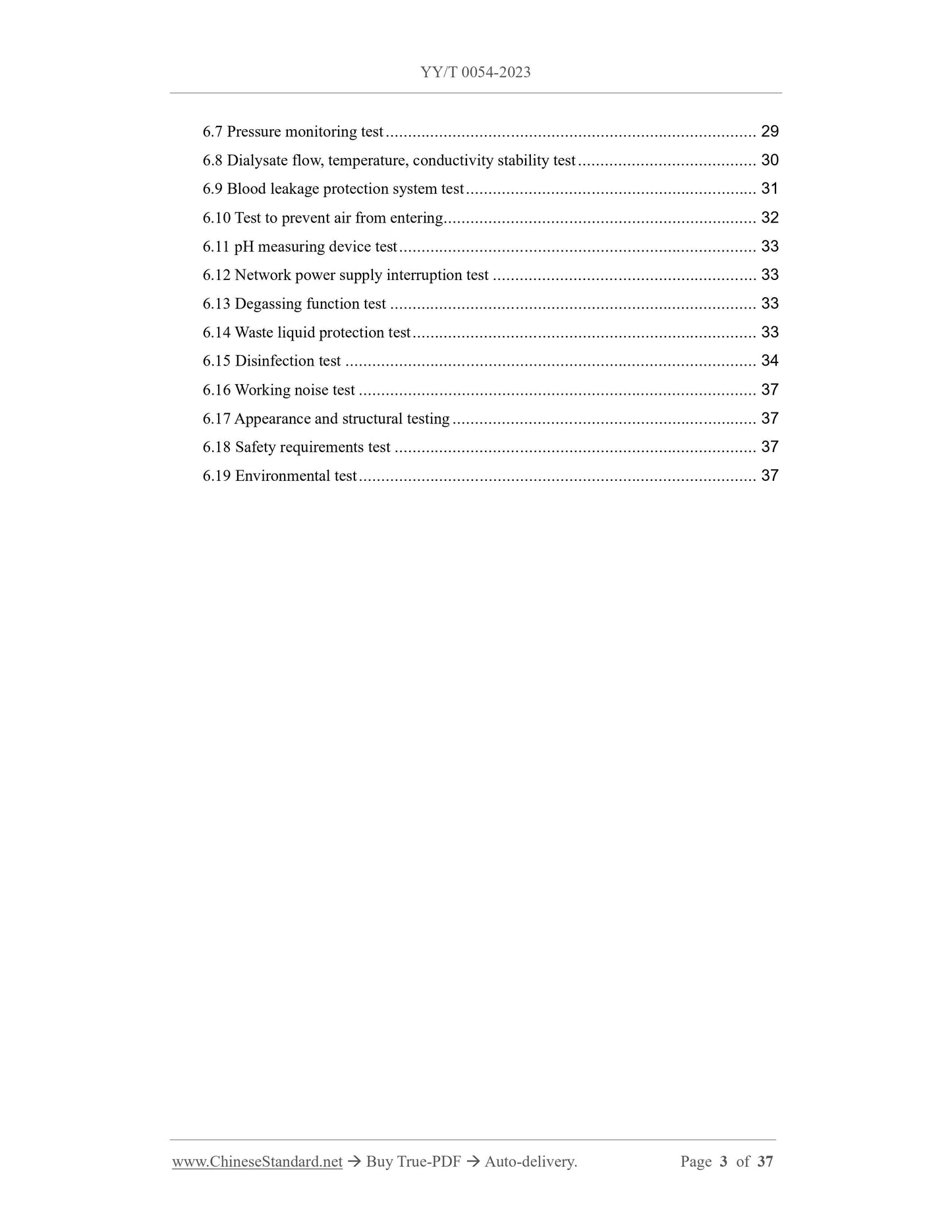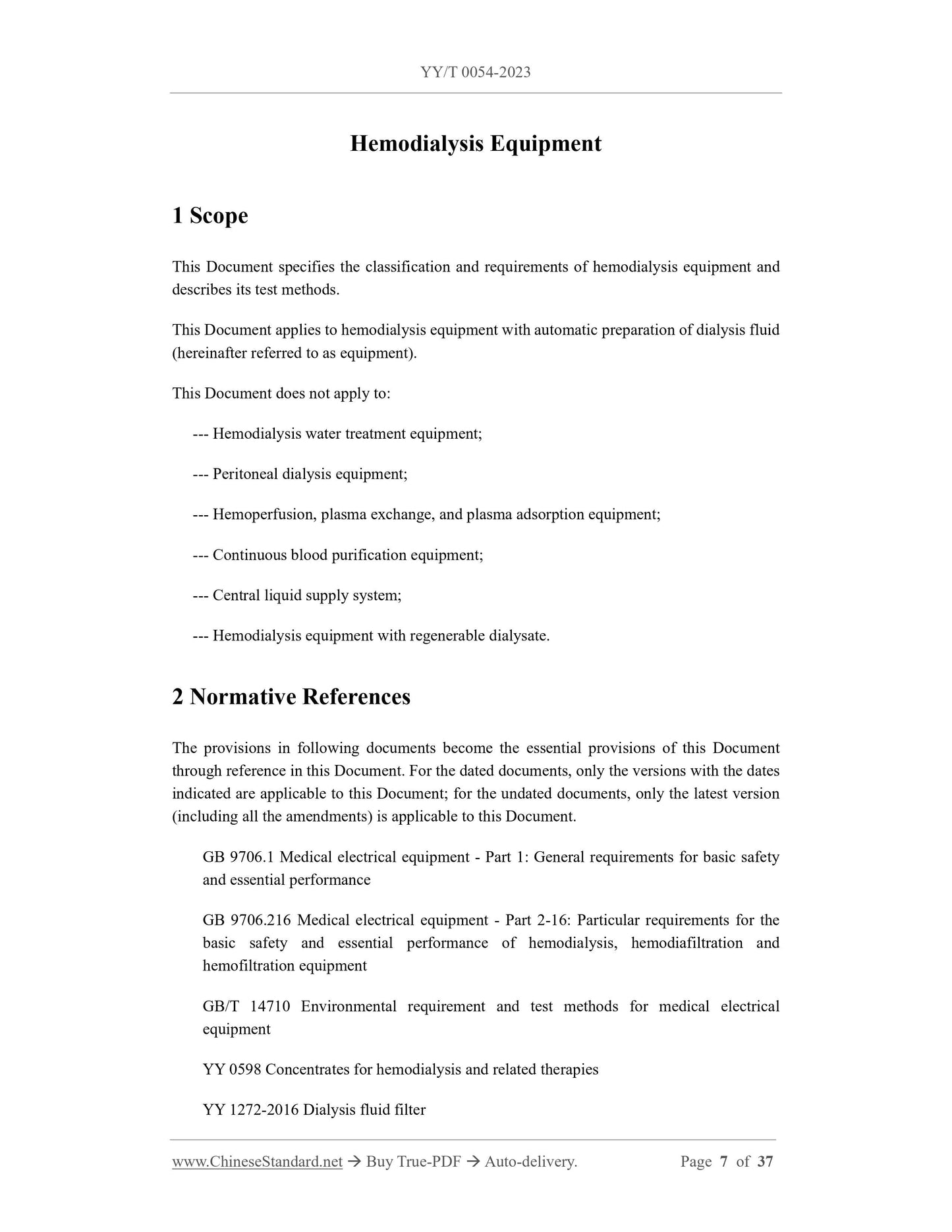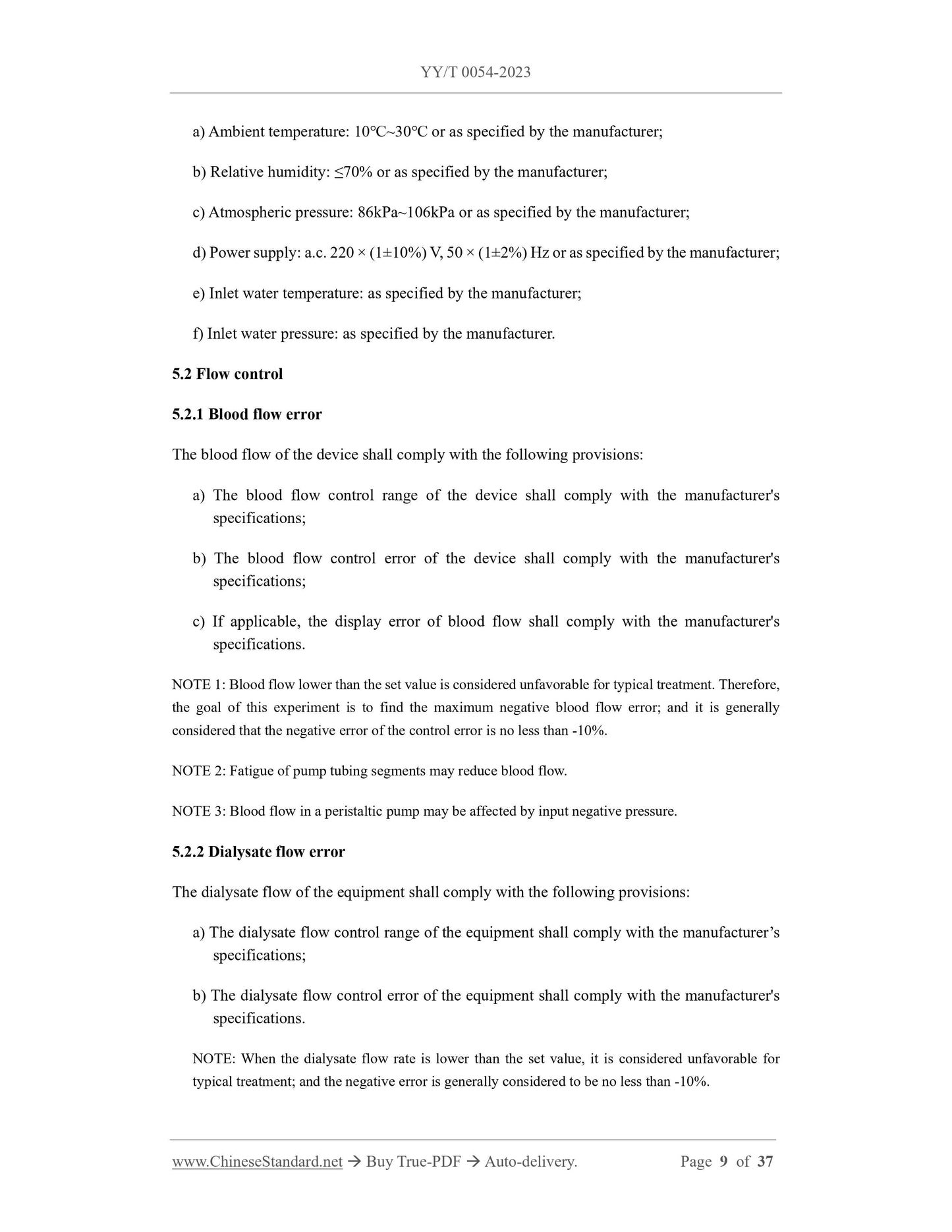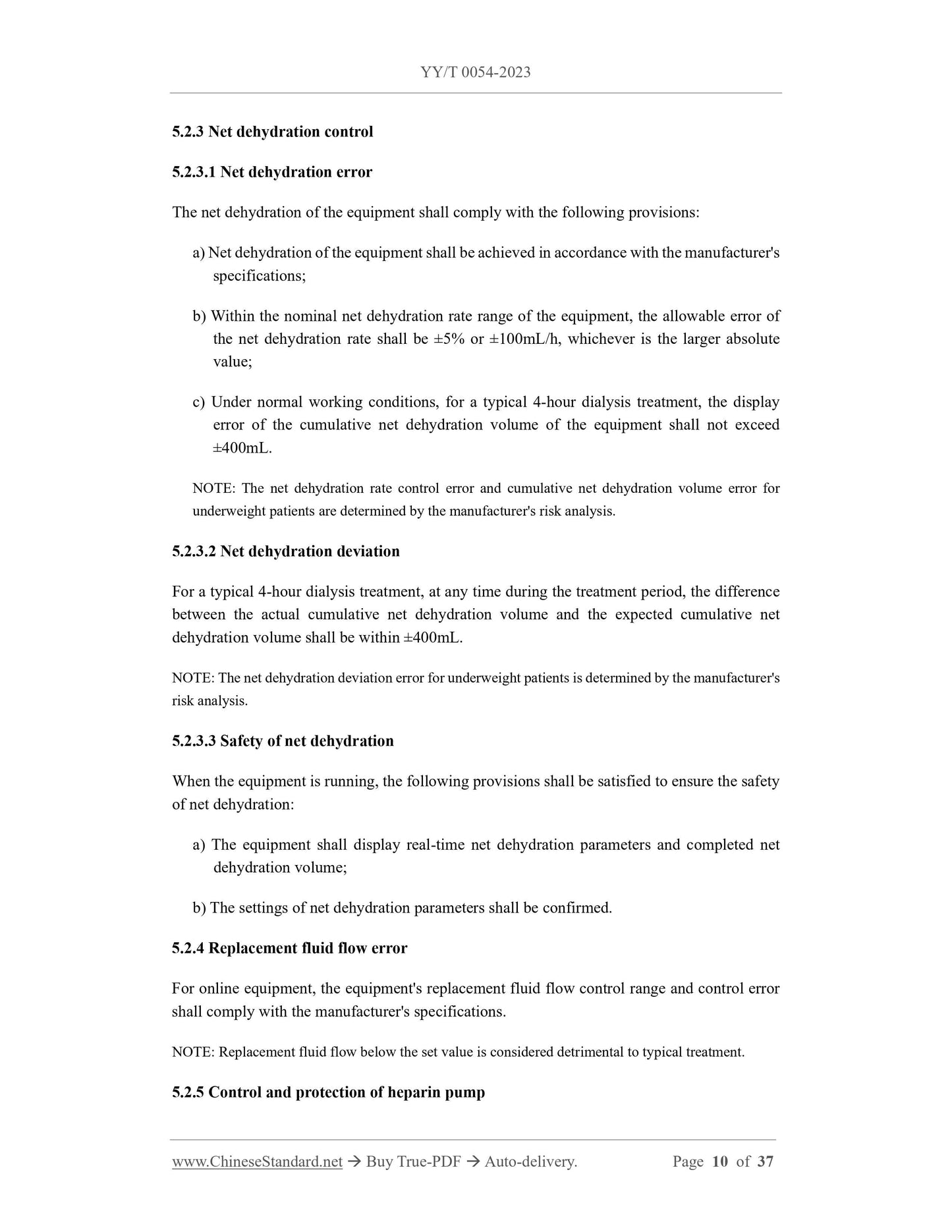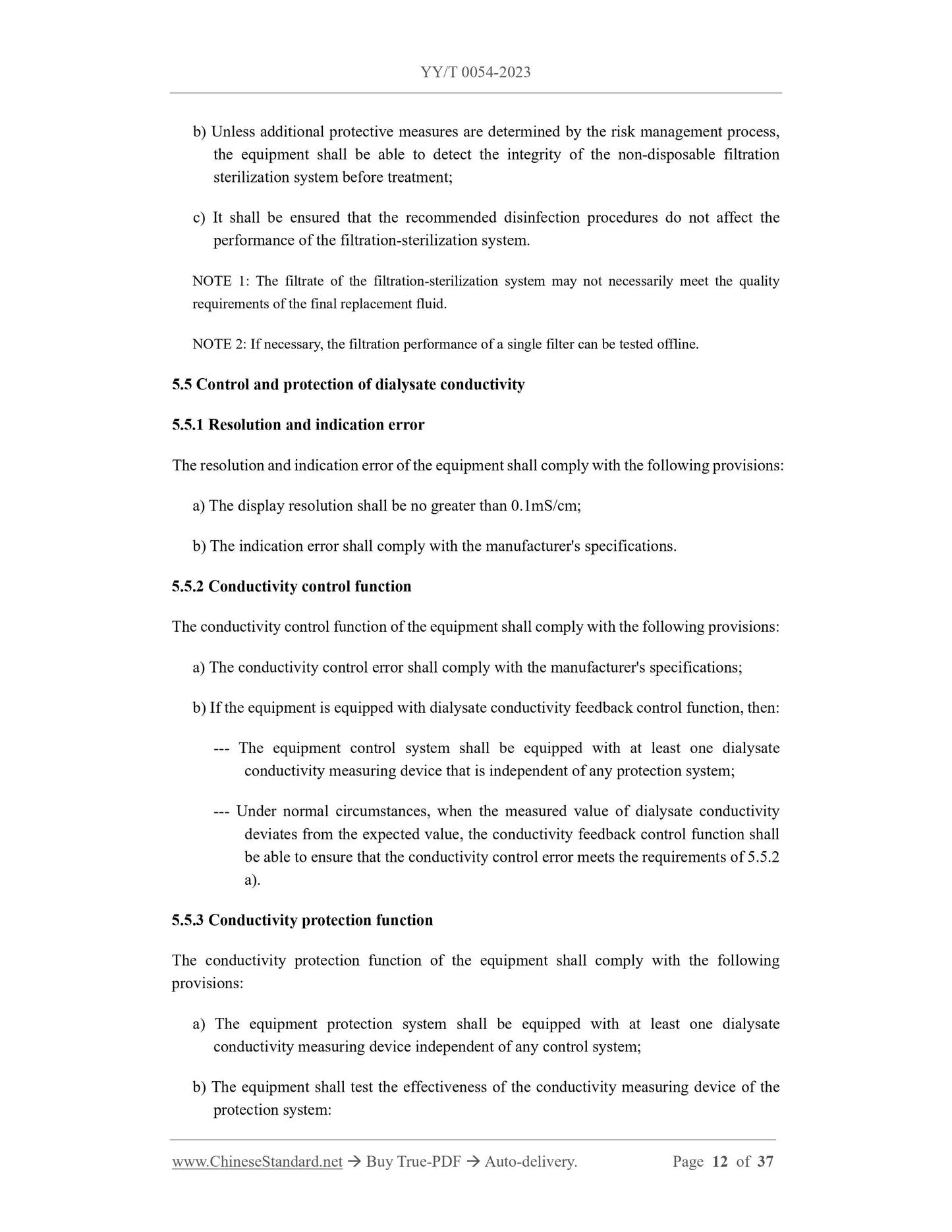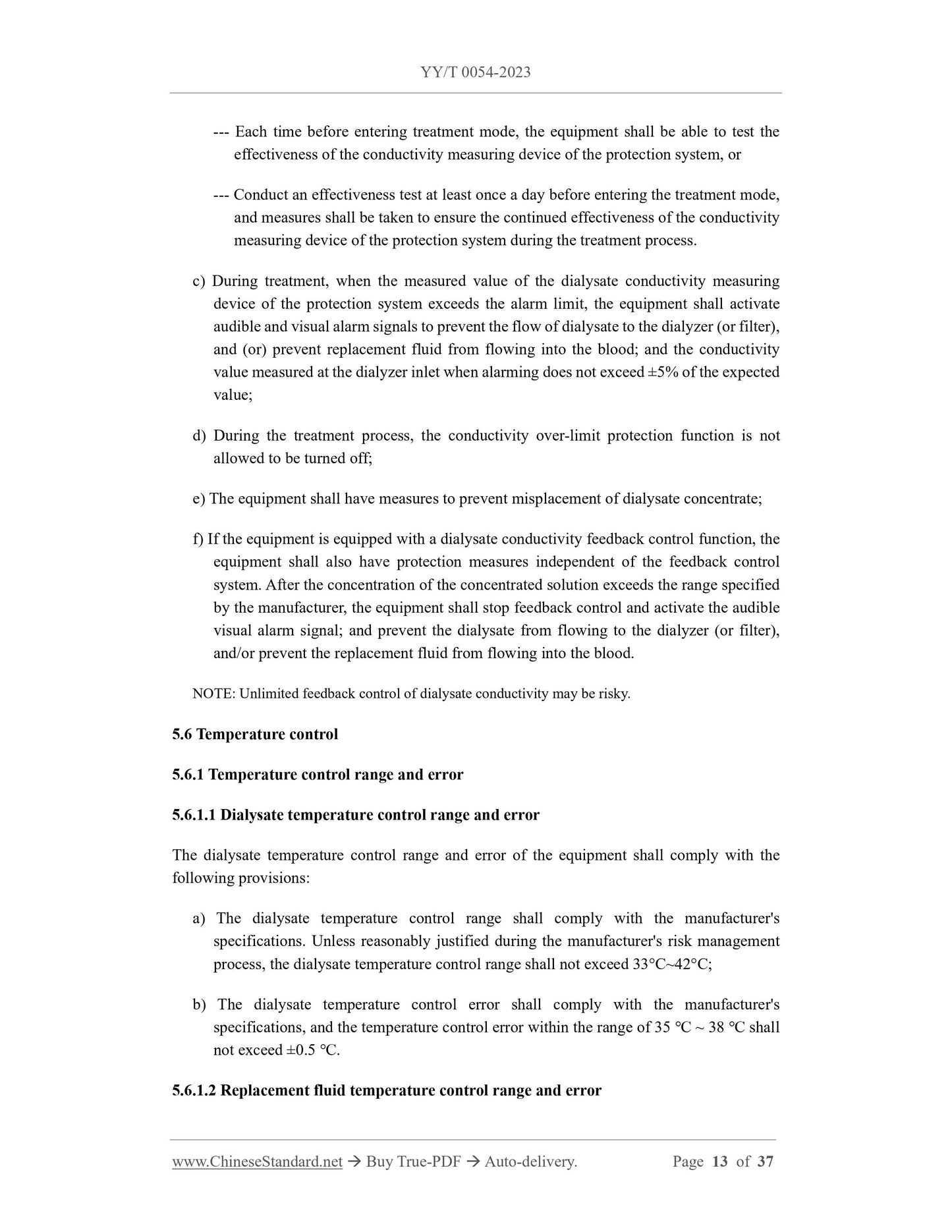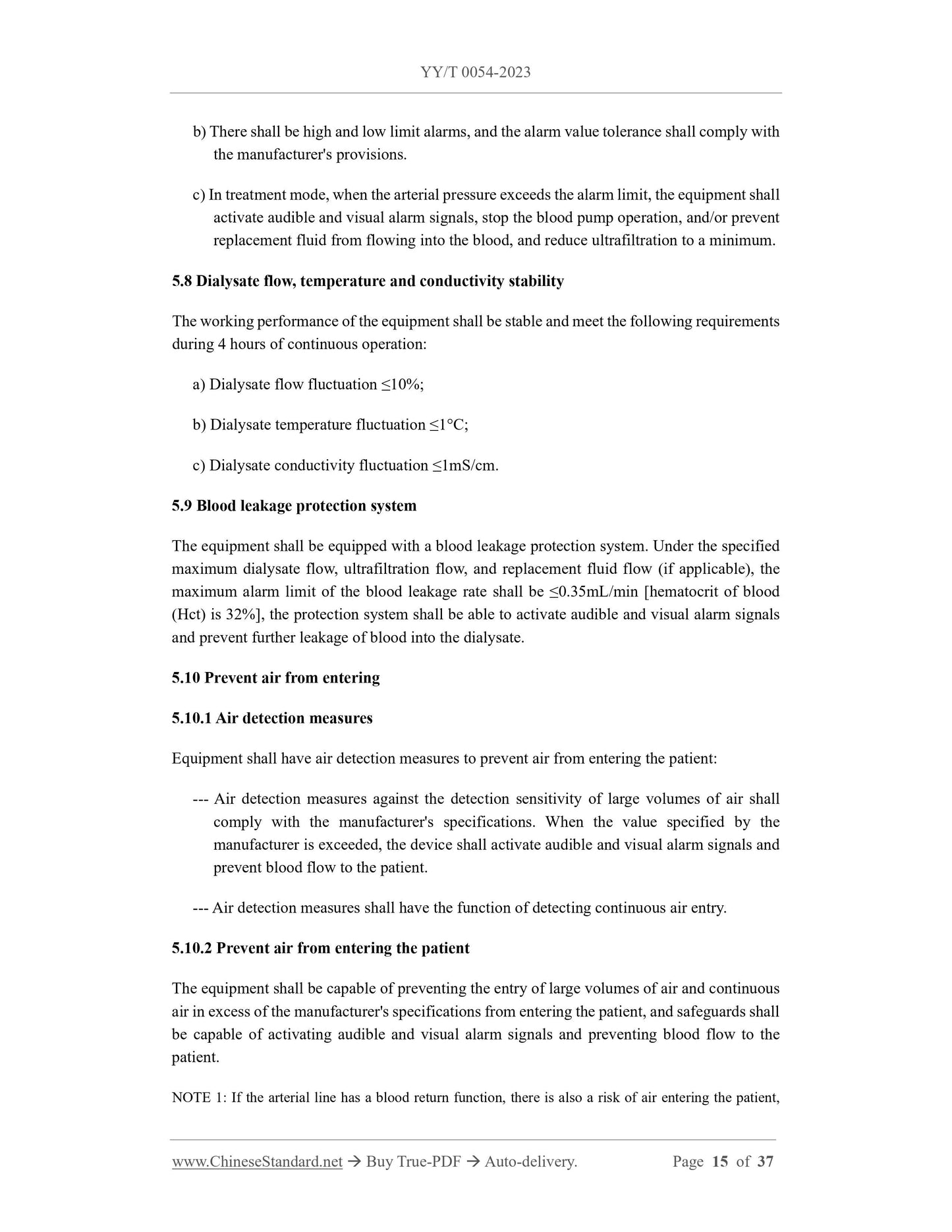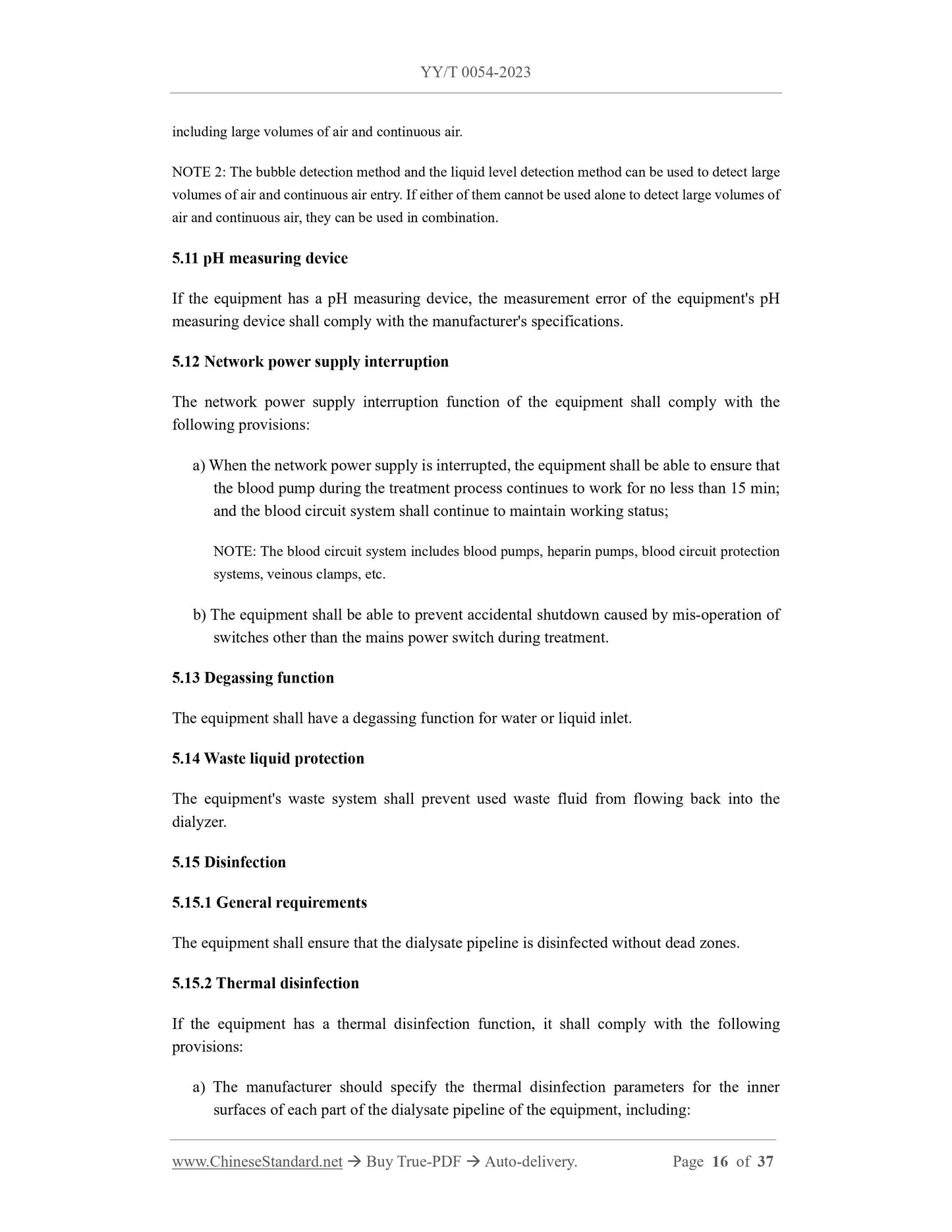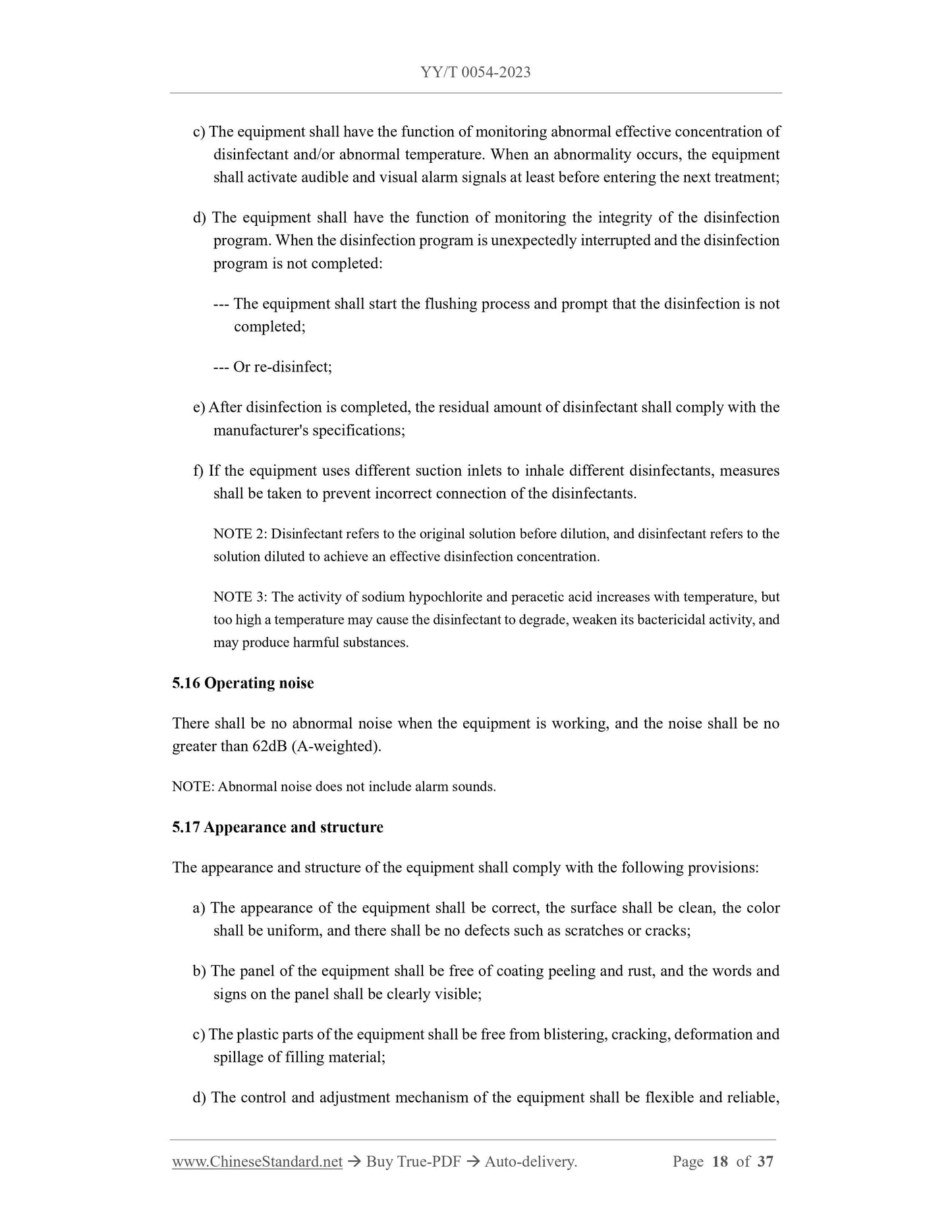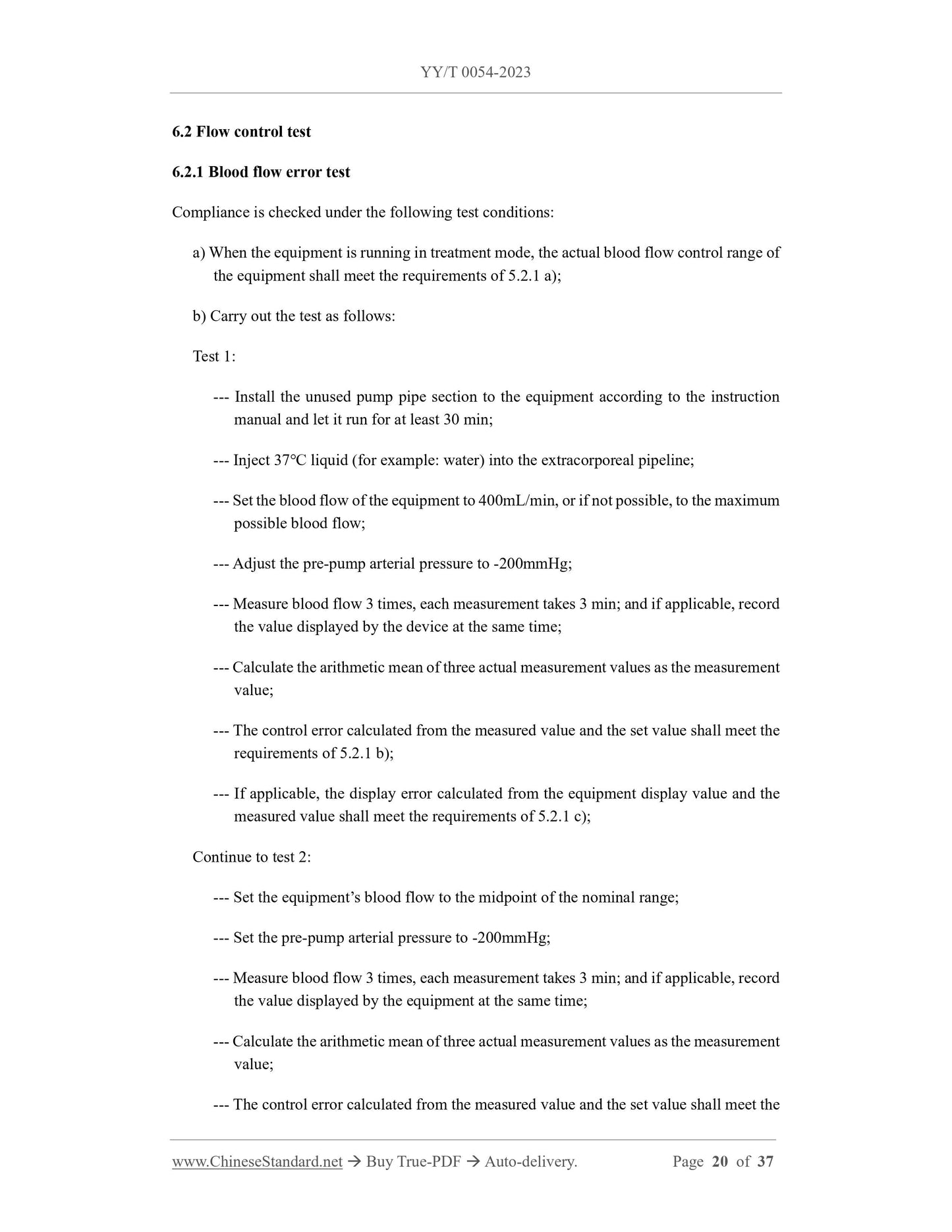1
/
of
12
www.ChineseStandard.us -- Field Test Asia Pte. Ltd.
YY 0054-2023 English PDF
YY 0054-2023 English PDF
Regular price
$365.00
Regular price
Sale price
$365.00
Unit price
/
per
Shipping calculated at checkout.
Couldn't load pickup availability
YY 0054-2023: Specification for management of ecological and environmental archives - - Ecological and environmental protection of construction project
Delivery: 9 seconds. Download (and Email) true-PDF + Invoice.Get Quotation: Click YY 0054-2023 (Self-service in 1-minute)
Newer / historical versions: YY 0054-2023
Preview True-PDF
Scope
This Document specifies the classification and requirements of hemodialysis equipment anddescribes its test methods.
Basic Data
| Standard ID | YY 0054-2023 (YY0054-2023) |
| Description (Translated English) | Specification for management of ecological and environmental archives - - Ecological and environmental protection of construction project |
| Sector / Industry | Medical Device and Pharmaceutical Industry Standard |
| Classification of Chinese Standard | C45 |
| Classification of International Standard | 11.040.40 |
| Word Count Estimation | 20,261 |
| Date of Issue | 2023-01-13 |
| Date of Implementation | 2026-01-15 |
| Issuing agency(ies) | State Drug Administration |
| Summary | This standard specifies the classification and requirements of hemodialysis equipment, and describes the test methods. This standard applies to hemodialysis equipment with automatic liquid preparation. This standard does not apply to hemodialysis water treatment equipment, peritoneal dialysis equipment, hemoperfusion, plasma exchange, plasma adsorption equipment, continuous blood purification equipment, central liquid supply system, and hemodialysis equipment with regenerable dialysate. |
Share
